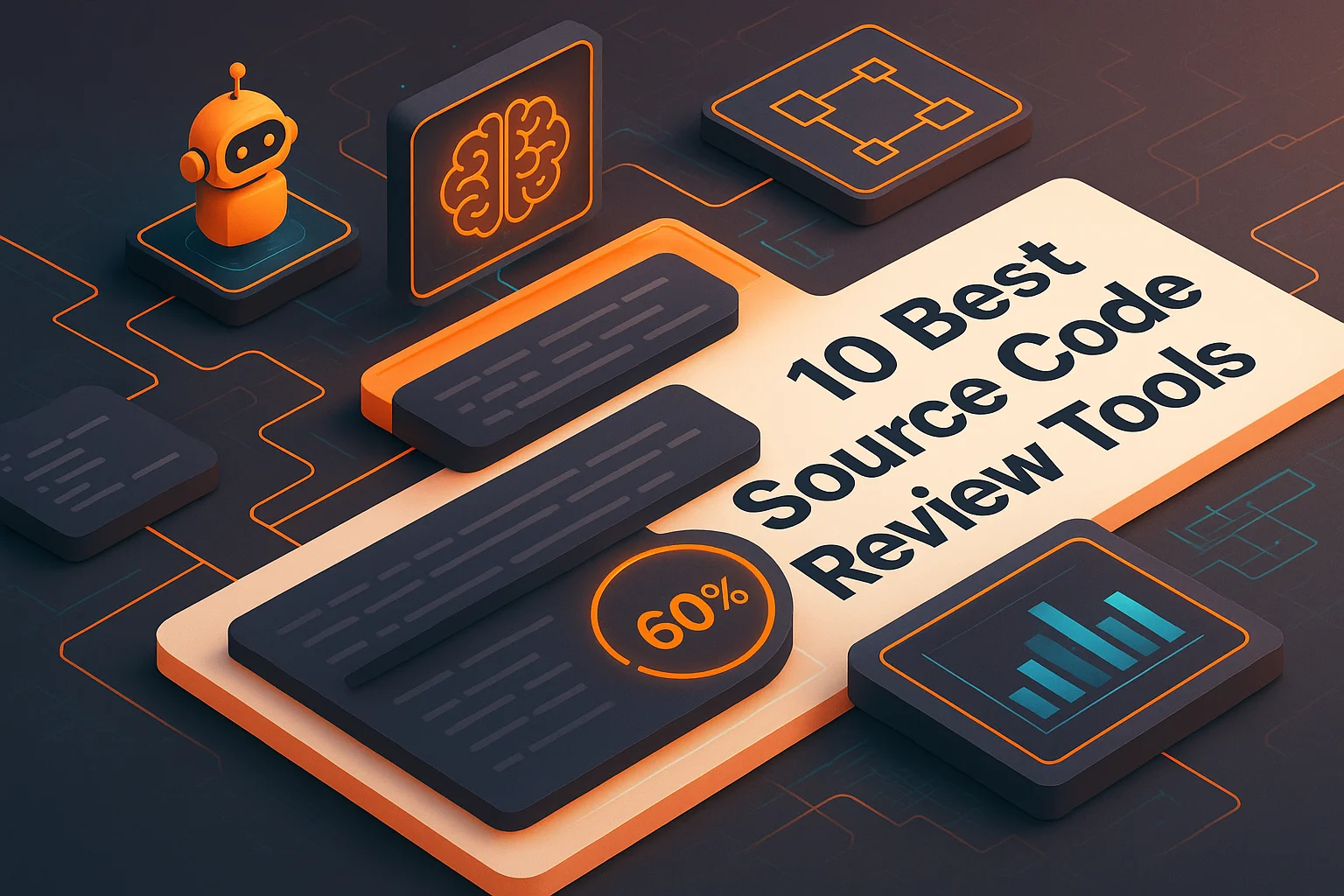Top 10 Automated Code Review Tools for Faster Development

Quick answer
Combine static analysis, AI reviewers, and lightweight linters to cover every layer of code quality. Propel provides AI-powered severity classification and policy enforcement, while specialised tools like SonarQube, Snyk Code, and ESLint cover language-specific needs.
Top automated code review options
1. Propel — AI review platform
Applies context-aware AI to classify comments, enforce merge policies, and give reviewers actionable insight. Integrates with GitHub, GitLab, Bitbucket, and surfaces analytics on cycle time, nit acceptance, and blocker resolution.
2. SonarQube — static analysis at scale
Deep security and code quality scanning across 30+ languages. Ideal for organisations that need governance dashboards, technical debt tracking, and gating rules in CI.
3. Code Climate — maintainability scores
Highlights churn hotspots and maintainability issues. Great for managers tracking trends and for developers wanting inline feedback during PR review.
4. GitHub Advanced Security
Native code scanning, secret detection, and dependency alerts. Best choice for GitHub Enterprise teams, especially when combined with AI reviewers like Propel for context.
5. Veracode
Enterprise-grade AppSec platform with SAST, DAST, and policy governance. Addresses compliance frameworks (PCI, HIPAA) with detailed reporting.
6. Snyk Code (DeepCode)
AI-enabled security scanning with low noise. Provides IDE hints and CI checks to catch vulnerabilities before merge.
7. Codacy
Accessible SaaS for small/medium teams. Delivers coverage metrics, style enforcement, and quick setup across popular languages.
8. ESLint + Prettier
Essential JavaScript/TypeScript stack for style, linting, and autofixes. Combine with custom rules and lint-staged to keep diffs clean.
9. RuboCop
Ruby community standard for linting and formatting. Highly configurable and integrates with CI easily.
10. Pylint
Thorough static analysis for Python projects. Flags errors, style, and complexity issues; extend with custom plugins for framework-specific checks.
How to choose your stack
Decision factors
- Language coverage and framework support.
- Noise levels and configurability.
- Integration with CI/CD, PR workflows, IDEs.
- Total cost of ownership (licensing + ops).
Typical layering
- Linters/formatters for every repo commit.
- SonarQube or Snyk for deep scans in CI.
- Propel for AI-based severity, audit logs, and reviewer routing.
FAQ: automated review adoption
How do we prevent tool fatigue?
Centralise alerts. Propel aggregates findings from SonarQube, Snyk, and linters into one PR sidebar so developers see a single queue of issues.
Can we mix open source and commercial tools?
Absolutely. Many teams run open-source linters alongside enterprise SAST and AI review layers. The key is consistent policy enforcement, which Propel provides.
How do we show leadership the value?
Measure defects prevented, review cycle time, and time saved per engineer. Propel’s dashboards combine these metrics so you can report ROI quarterly.
Ready to Transform Your Code Review Process?
See how Propel's AI-powered code review helps engineering teams ship better code faster with intelligent analysis and actionable feedback.


